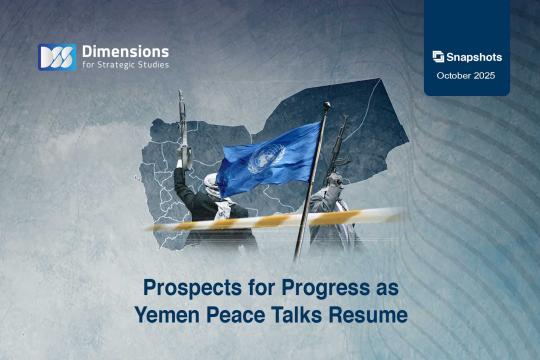
Signs of Increased Islamic State Activity in Northern Niger
2023-11-202209 view
While the Islamic State has had a growing presence across the Sahel region in recent years, its spread in Niger has escalated more markedly since the coup of May 2023, which marked a turning point in the organisation’s history in Niger. Prior to the coup, its presence had been mostly limited to the Tillabéri region near the country’s southwestern borders with Mali and Burkina Faso, and the south-eastern Diffa region on the frontier with Nigeria.
Indeed, the group only deployed occasionally even in these regions, which connect with routes it uses in north-eastern Nigeria and areas where it has clashed with rival jihadist group Boko Haram, which continues to refuse to pledge allegiance to IS’s West Africa Province. The border areas of Tillabéri were seen as rear bases for the IS, intersecting ethnically and economically with eastern Mali and northern Burkina Faso, where ISIS cells have been seeking a foothold since 2017.
Following the coup in Niger, IS has stepped up its military operations and inflicted a growing number of casualties both on the Nigerien army and on civilians. Even more ominously, the organisation is steadily advancing on the north of the Nigerien capital, Niamey.
Three recent incidents indicate that the organisation has begun expanding into areas north of Niamey. The first was an attack on an army convoy in the Abala district of northern Tillabéri, in which at least 15 soldiers were killed and five were kidnapped on October 31. Then on November 4, IS cells with at least 200 fighters moved on the town of Pak Vari, 50 kilometres north of the capital, seizing two army and police camps. On the same day, other IS cells attacked army checkpoints in the vicinity of Bonkoko, also north of the capital.
Moves by the army to cut off the highways and side roads connected to major towns north of the capital reflect efforts by IS to expand northward, and the army’s determination to prevent this expansion or at least rein it in. However, these moves have done little to prevent the organisation from moving freely across the open desert, using motorbikes and military vehicles designed for such environments.
It is also notable that IS has already started imposing its influence on social affairs in the region. It has sent patrols of preachers to tour the villages and towns north and east of the capital, where they espouse the organisation’s ideology, recruit more supporters and threaten those who support the government.
In the same context, local sources confirm that the organisation has encouraged the continuation of itinerant markets, with the aim of keeping goods, vehicles and animals flowing into the border triangle it controls, in exchange for passage permits it issues to traders at various prices, up to around 12 euros per vehicle. This is facilitating the process of integrating trade in regions where the organisation is simultaneously expanding its control.
This effort to prepare a social base in the region is another indication that IS intends to incorporate these areas under its control, a strategy reminiscent of the one it used in Syria in 2013-2014.
All these steps indicate that IS in the Sahel has begun taking rapid steps both to expand its territorial control and to impose its administration over the areas it already controls. This poses an urgent challenge to the countries in which it maintains cells. It may herald an escalation of violence in the region as governments seek to form more additional local militias to support their forces.
The accelerating rise of IS in Niger also indicates the negative impact of military coups, which can deepen the kind of popular resentment on which IS thrives.





